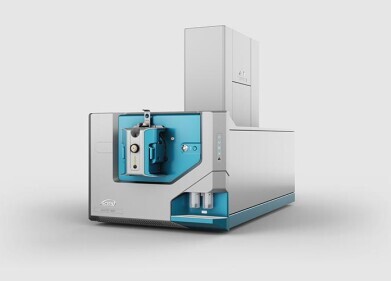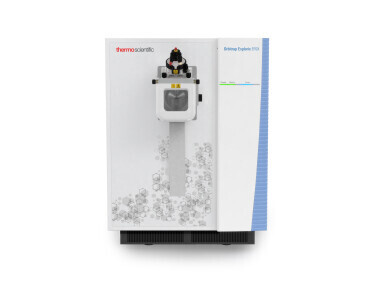Mass spectrometry & spectroscopy
What Role Does Science Play in the World Cup?
Jul 10 2018
For most football fans, watching the 2018 World Cup calls for HD televisions and plenty of beer. Unless of course, you're one of the scientists hired to meticulously follow and analyse every move of the players and the ball. Representing a host of disciplines, many sports scientists will be analysing all facets of the beautiful game, including ball aerodynamics, player psychology and the human physique.
Want to know more? Here's a glimpse at the science behind a FIFA match.
The ball
Since 1970, Adidas has designed the balls used in the FIFA tournament. While years of research was channelled into developing 2018's offering, the Telstar 18 has received heavy criticism from some goalkeepers who claim it's erratic and hard to grip.
Not everyone agrees, with some experts maintaining that it offers goalies a significant advantage over previous World Cup balls. Compared to the Brazuca, the predecessor ball used for the Brazil 2014 tournament, the Telstar 18 creates more drag as it flies though the air which means it covers eight to 10% less distance when kicked at speeds of over 90 kilometres per hour.
"That could be bad for strikers who kick from a great distance and must therefore kick the ball very hard," explains Eric Goff, a physics professor at Virginia's University of Lynchburg.
Team colours
According to some sports psychologists donning red can be a genuine advantage. Research from England's University of Chichester suggests that players wearing red jerseys are seen as more skilled and dominant by their opponents and enjoy an internal self-confidence boost.
"An alternative explanation is that we have simply learnt from a very young age that red is associated with danger (warning signs are red) and failure (teachers may mark with a red pen)," comments British sports psychologist Iain Greenlees.
Creativity on the field
Other experts maintain that tactical creativity is the key to success, as demonstrated by dynamic players like Messi, Ronaldo and Neymar. All have the scope, skills and flamboyance to pull of surprise moves in high-pressure situations, thus firing up fans and taking opponents by surprise. A recent study published in the Journal of Sports Sciences confirms this theory, concluding that "high creativity" is a solid predictor for victory.
Spectrochemistry can also play an important role in the sports science sphere, with recent findings warning that "heading" footballs can cause brain injury. For a closer look at the discipline check out 'Choosing the Optimum Plasma Spectrochemistry Technique for Measuring Elemental Impurities in Pharmaceuticals.'
Digital Edition
Lab Asia Dec 2025
December 2025
Chromatography Articles- Cutting-edge sample preparation tools help laboratories to stay ahead of the curveMass Spectrometry & Spectroscopy Articles- Unlocking the complexity of metabolomics: Pushi...
View all digital editions
Events
Jan 21 2026 Tokyo, Japan
Jan 28 2026 Tokyo, Japan
Jan 29 2026 New Delhi, India
Feb 07 2026 Boston, MA, USA
Asia Pharma Expo/Asia Lab Expo
Feb 12 2026 Dhaka, Bangladesh



















